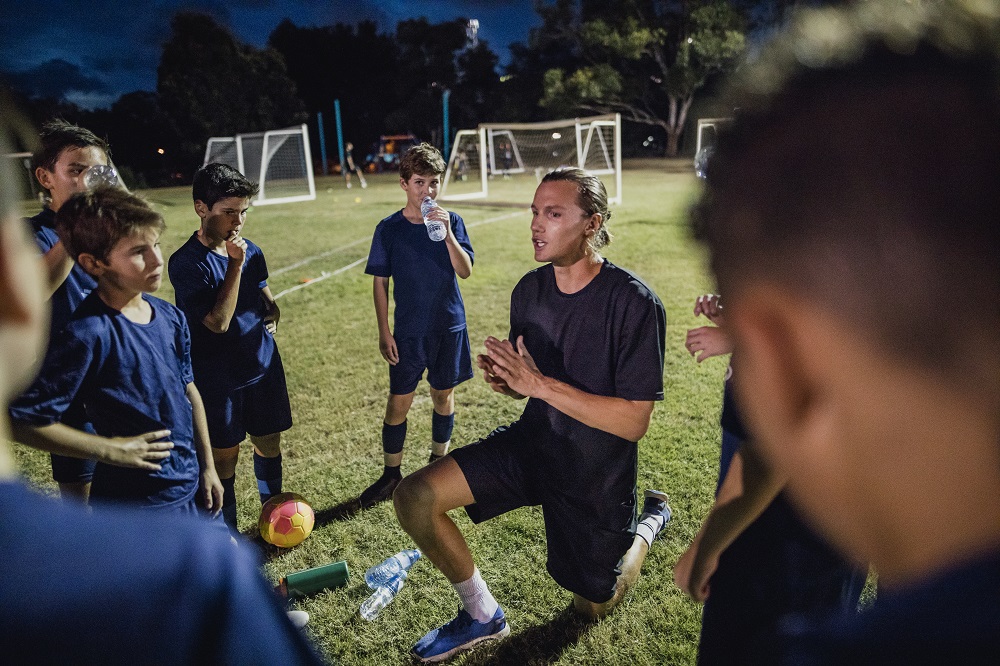As a sports coach, your number one priority is the wellbeing of those who train with you. After all, sporting activities invariably involve an element of risk, especially those which are fast-paced and competitive. Therefore, you need to take the necessary steps to keep yourself, your students and your fellow coaches safe. We’ve earmarked some of the key health and safety tips for sports coaches.
Warm up and cool down
This tip is fairly explanatory, but there’s much more to warming up and warming down than doing a few simple stretches. An ineffective warm-up potentially puts your students’ health and safety at risk, as they’re more likely to suffer injuries like hamstring and muscle strains.
Depending on the sport you’re coaching, your warm-up period should be around five to ten minutes long. This will help raise your students’ muscle temperature and blood temperature, and will increase their range of motion.
Warming down is no different. Ideally, this should be a continuation of your workout for around five minutes, but at a reduced pace.
Prioritise rest and recovery
It’s not just immediately before and after a session that you should look after your students. You need to ensure they are getting sufficient rest both during exercise and in the days after training.
This will help them avoid overuse injuries such as tennis elbow and Achilles tendinitis and keep them performing at consistently high levels.
Regular breaks during practice and the short-term recovery methods mentioned above are of course essential. There are also various long-term recovery methods you can incorporate into your training schedule.

Ensure you have working equipment
While injuries are part of sport, some injuries can be avoided. For instance, those caused by faulty sports equipment.
If the sport you coach involves the use of protective gear such as helmets, mouthpieces or shin guards and these are not in a good working condition, you don’t need us to tell you how serious this could be.
Before each session you should thoroughly check your equipment to ensure it is well maintained and that there is no damage that could harm your students.
This ties in with our next tip…
Carry out a risk assessment
Identifying potential hazards ahead of your sessions via a risk assessment significantly decreases the likelihood of an accident. It also decreases the likelihood of a claim being made against you for injury.
As touched on above, one of the main hazards to consider is the equipment you’re using. There are also the surfaces, exercises, weather and air temperature to take into account.
What’s more, you need to determine who is most at risk and take the required steps to eliminate said risks.
Prepare an emergency action plan
Preparing a class is second nature to you as a sports coach – and it’s equally vital to be prepared from a health and safety perspective. Although you may have followed the tips above, accidents can still happen.
As such, you need to have an Emergency Action Plan in place should anything go wrong. When creating this plan, you need to decide in advance who is in charge if an emergency occurs.
You also need to compile the contact details of your students’ next of kin and any coaches you work with. This template gives you an idea of what other information should be included in your plan.
Hopefully the above tips can help you coach your students in a safe and controlled environment.
However, should the unexpected happen, Insure4Sport offers specialist coach insurance to protect you against a number of incidents.
Find out how our range of cover options can be tailored to suit you, or get an instant online quote with us today.




Leave a Reply